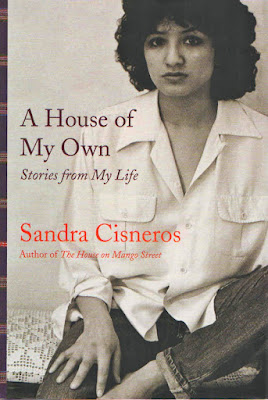The final feature set of ECMAScript 2016 (ES7)
Check out my new book (free online): “ Exploring ES2016 and ES2017 ”. We always knew that ECMAScript 2016 (ES2016) would be a small release. It turns out that it will be very small. Read on for a list of its features and an explanation why that is not a problem. The features of ES2016 Any proposals that were at stage 4 on Thursday, 28 January 2016, will be in ES2016 ( source: ECMAScript standard editor Brian Terlson ). That means that ES2016 will contain just two new features (in addition to bug fixes and smaller improvements): Array.prototype.includes (Domenic Denicola, Rick Waldron) Exponentiation Operator (Rick Waldron) The draft of ECMAScript 2016 is online and will be ratified in 2016, probably in June. The new release process works ES2016 being so small demonstrates that the new release process works: New features are only included after they are completely ready and after there were at least two implementations that were sufficiently field-tested. Releases happen much more f

